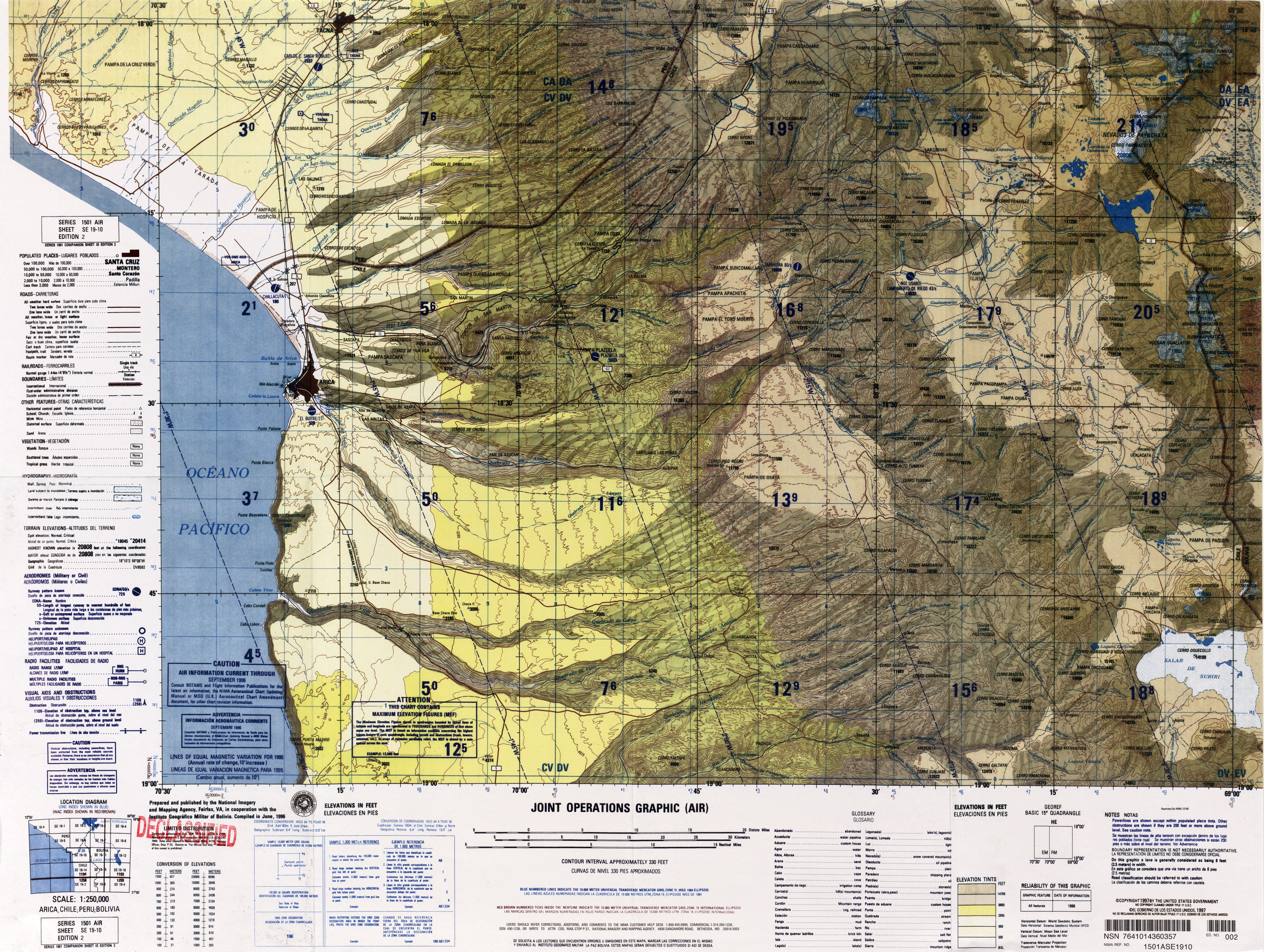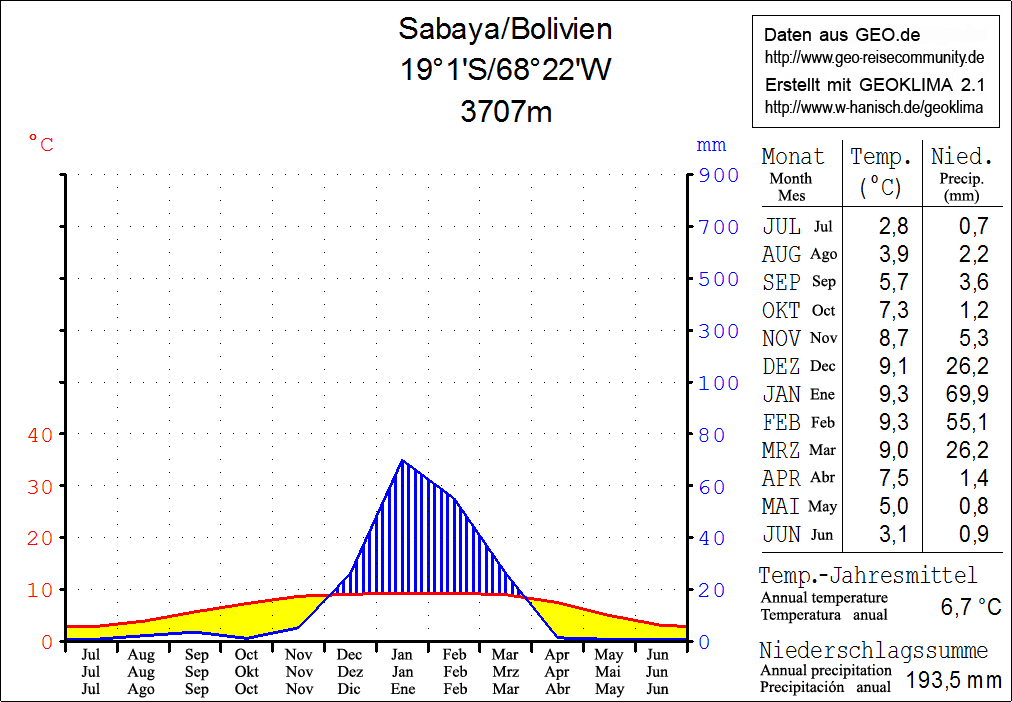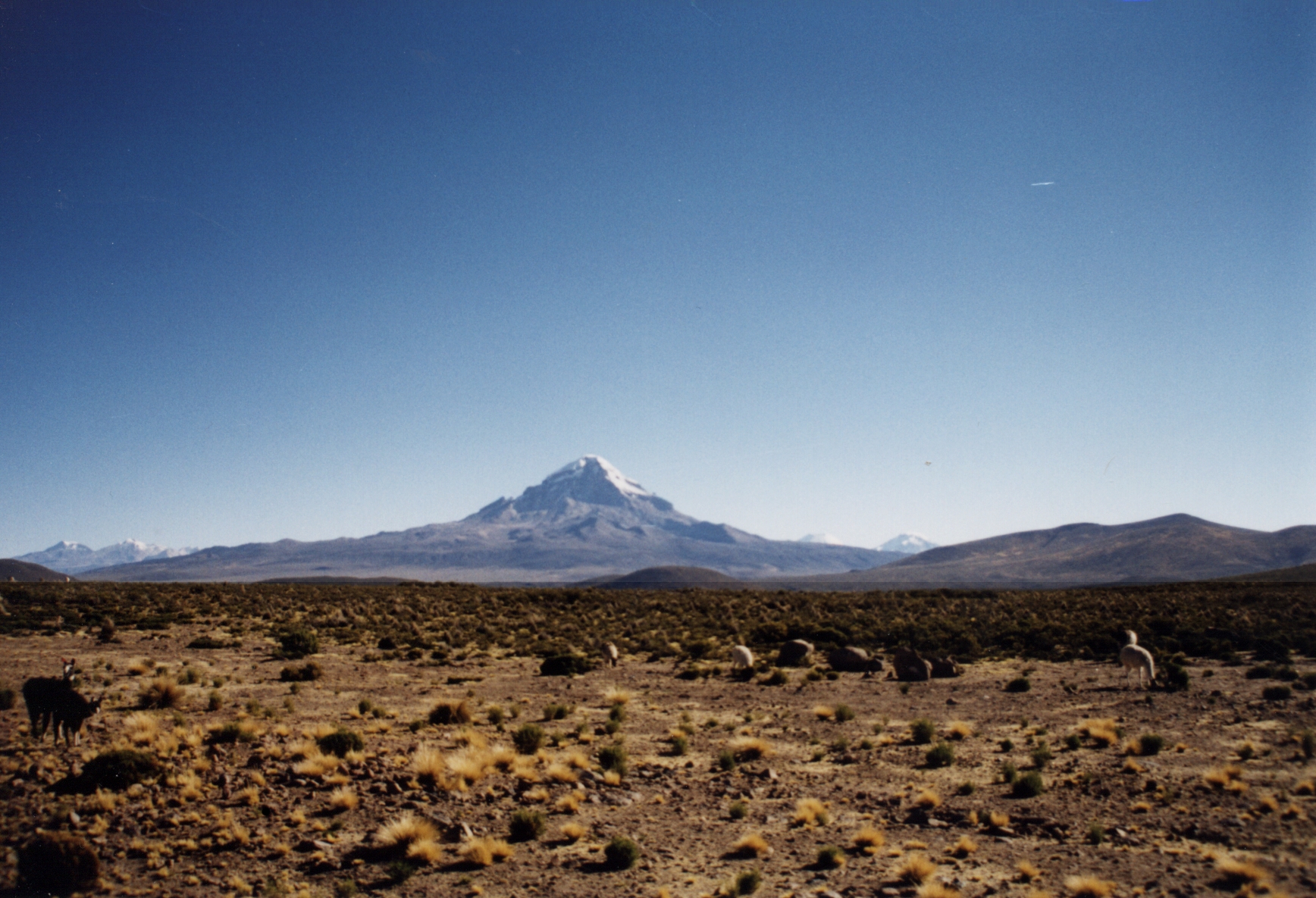|
Qillwiri
Qillwiri ( Aymara ''qillwa, qiwña, qiwlla'' Andean gull, ''-(i)ri'' a suffix, also spelled ''Khellhuiri'') is a mountain in the Andes on the border of Bolivia and Chile. On the Chilean side it is located in the Arica y Parinacota Region. It is situated in the Cordillera Occidental between the mountains Pukintika in the north-west and Lliscaya in the south-east, east of the Suriri salt flat. On the Bolivian side the mountain lies in the Oruro Department, Sabaya Province Sabaya (formerly: Atahuallpa) is a province in the central parts of the Bolivian Oruro Department. Its seat is Sabaya. Location Sabaya Province is one of sixteen provinces in the Oruro Department. It is located between 18° 35' and 19° 39' Sou ..., Sabaya Municipality. See also * Kimsa Chata References Mountains of Arica y Parinacota Region Mountains of Oruro Department {{chile-mountain-stub ... [...More Info...] [...Related Items...] OR: [Wikipedia] [Google] [Baidu] |
Pukintika
Pukintika (Aymara ''puki'' white soil, ''tika'' adobe, Hispanicized spellings ''Puguintica, Puquintica'', ''Poquentica'', ''Puquentica'') is a volcano in the Andes, about 5,407 m (17,740 ft) high, situated in the Cordillera Occidental on the border of Bolivia and Chile. It is located in the Arica and Parinacota Region of Chile and the Oruro Department of Bolivia (in Sabaya Province, Sabaya Municipality, Julo Canton). Pukintika lies to the north of the Salar de Surire, east beside Arintika volcano which is younger than Pukintika. Pukintika also features a crater lake with a surface area of . Deposits of elemental sulfur have been found on Pukintika. See also * Asu Asuni * Kimsa Chata * List of mountains in the Andes A ''list'' is any set of items in a row. List or lists may also refer to: People * List (surname) Organizations * List College, an undergraduate division of the Jewish Theological Seminary of America * SC Germania List, German rugb ... [...More Info...] [...Related Items...] OR: [Wikipedia] [Google] [Baidu] |
Sabaya Province
Sabaya (formerly: Atahuallpa) is a province in the central parts of the Bolivian Oruro Department. Its seat is Sabaya. Location Sabaya Province is one of sixteen provinces in the Oruro Department. It is located between 18° 35' and 19° 39' South and between 67° 31' and 68° 39' West. It borders Sajama Province in the north, the Republic of Chile and Puerto de Mejillones Province in the west, the Potosí Department in the southwest, the Ladislao Cabrera Province in the southeast, and the Litoral Province in the northeast. The province extends over 160 km from northwest to southeast, and 50 km from northeast to southwest. Geography One of the highest peaks of the province is Pukintika on the border to Chile. Other mountains are listed below:BIGM map 1:50,000 Cerro Capitan Hoja 5837-III Climate Population The main language in the province is Spanish, spoken by 92%, 67% of the population speak Aymara and 9% speak Quechua. The population increased from 3,567 i ... [...More Info...] [...Related Items...] OR: [Wikipedia] [Google] [Baidu] |
Kimsa Chata (Sabaya)
Kimsa Chata ( Aymara and Quechua ''kimsa'' three, Pukina ''chata'' mountain, "three mountains", Hispanicized spelling ''Quimsa Chata'') is a mountain in the Andes of Bolivia. It is located in the Oruro Department, Sabaya Province, Sabaya Municipality, Negrillos Canton. It lies south-east of the mountain Qillwiri Qillwiri ( Aymara ''qillwa, qiwña, qiwlla'' Andean gull, ''-(i)ri'' a suffix, also spelled ''Khellhuiri'') is a mountain in the Andes on the border of Bolivia and Chile. On the Chilean side it is located in the Arica y Parinacota Region. It i ..., east of Lliscaya, north-east of Taypi Qullu and north-west of the Laram Pukara, near the border with Chile. population data and map References [...More Info...] [...Related Items...] OR: [Wikipedia] [Google] [Baidu] |
Bolivia
, image_flag = Bandera de Bolivia (Estado).svg , flag_alt = Horizontal tricolor (red, yellow, and green from top to bottom) with the coat of arms of Bolivia in the center , flag_alt2 = 7 × 7 square patchwork with the (top left to bottom right) diagonals forming colored stripes (green, blue, purple, red, orange, yellow, white, green, blue, purple, red, orange, yellow, from top right to bottom left) , other_symbol = , other_symbol_type = Dual flag: , image_coat = Escudo de Bolivia.svg , national_anthem = " National Anthem of Bolivia" , image_map = BOL orthographic.svg , map_width = 220px , alt_map = , image_map2 = , alt_map2 = , map_caption = , capital = La Paz Sucre , largest_city = , official_languages = Spanish , languages_type = Co-official languages , languages ... [...More Info...] [...Related Items...] OR: [Wikipedia] [Google] [Baidu] |
Oruro Department
Oruro (; Quechua: ''Uru Uru''; Aymara: ''Ururu'') is a department of Bolivia, with an area of . Its capital is the city of Oruro. According to the 2012 census, the Oruro department had a population of 494,178. Provinces of Oruro The department is divided into 16 provinces which are further subdivided into municipalities and cantons. Note: Eduardo Abaroa Province (#5) is both north of and south of Sebastián Pagador Province (#6). Government The chief executive officer of Bolivian departments (since May 2010) is the governor; until then, the office was called the prefect, and until 2006 the prefect was appointed by the president of Bolivia. The current governor, Santos Tito of the Movement for Socialism – Political Instrument for the Sovereignty of the Peoples, was elected on 4 April 2010. The chief legislative body of the department is the Departmental Legislative Assembly, a body also first elected on 4 April 2010. It consists of 33 members: 16 elected by each of t ... [...More Info...] [...Related Items...] OR: [Wikipedia] [Google] [Baidu] |
Chile
Chile, officially the Republic of Chile, is a country in the western part of South America. It is the southernmost country in the world, and the closest to Antarctica, occupying a long and narrow strip of land between the Andes to the east and the Pacific Ocean to the west. Chile covers an area of , with a population of 17.5 million as of 2017. It shares land borders with Peru to the north, Bolivia to the north-east, Argentina to the east, and the Drake Passage in the far south. Chile also controls the Pacific islands of Juan Fernández, Isla Salas y Gómez, Desventuradas, and Easter Island in Oceania. It also claims about of Antarctica under the Chilean Antarctic Territory. The country's capital and largest city is Santiago, and its national language is Spanish. Spain conquered and colonized the region in the mid-16th century, replacing Inca rule, but failing to conquer the independent Mapuche who inhabited what is now south-central Chile. In 1818, after declaring in ... [...More Info...] [...Related Items...] OR: [Wikipedia] [Google] [Baidu] |
Arica Y Parinacota Region
The Arica y Parinacota Region ( es, link=no, Región de Arica y Parinacota ) is one of Chile's 16 first order administrative divisions. It comprises two provinces, Arica and Parinacota. It borders Peru's Department of Tacna to the north, Bolivia's La Paz and Oruro departments to the east and Chile's Tarapacá Region to the south. Arica y Parinacota is the 5th smallest, the 3rd least populous and the 6th least densely populated of the regions of Chile. Arica is the region's capital and largest city. The region was a former Peruvian province, which was occupied by Chile under the 1883 Treaty of Ancón at the close of the War of the Pacific, and then formally annexed in 1929 by the Treaty of Lima. Following annexation, Arica y Parinacota went through a process of forced acculturation known as Chilenization with the aim of creating a dominance of Chilean traditions and culture. Administration In 2007, the region was subdivided to create the Arica y Parinacota region and the ... [...More Info...] [...Related Items...] OR: [Wikipedia] [Google] [Baidu] |
Andes
The Andes, Andes Mountains or Andean Mountains (; ) are the longest continental mountain range in the world, forming a continuous highland along the western edge of South America. The range is long, wide (widest between 18°S – 20°S latitude), and has an average height of about . The Andes extend from north to south through seven South American countries: Venezuela, Colombia, Ecuador, Peru, Bolivia, Chile, and Argentina. Along their length, the Andes are split into several ranges, separated by intermediate depressions. The Andes are the location of several high plateaus—some of which host major cities such as Quito, Bogotá, Cali, Arequipa, Medellín, Bucaramanga, Sucre, Mérida, El Alto and La Paz. The Altiplano plateau is the world's second-highest after the Tibetan plateau. These ranges are in turn grouped into three major divisions based on climate: the Tropical Andes, the Dry Andes, and the Wet Andes. The Andes Mountains are the highest m ... [...More Info...] [...Related Items...] OR: [Wikipedia] [Google] [Baidu] |
Cordillera Occidental (Bolivia)
Topographic map of Bolivia showing (east to west) plains of Sub-Andean Zone in red, Eastern_Cordillera_in_white,_Altiplano.html" ;"title="Cordillera Oriental (Bolivia)">Eastern Cordillera in white, Altiplano">Cordillera Oriental (Bolivia)">Eastern Cordillera in white, Altiplano in gray, and Western Cordillera in white The Cordillera Occidental or Western Cordillera of Bolivia is part of the Andes (that is also part of the American Cordillera), a mountain range characterized by volcanic activity, making up the natural border with Chile and starting in the north with Juqhuri and ending in the south at the Licancabur volcano, which is on the southern limit of Bolivia with Chile. The border goes through the innominated point located at two-thirds of elevation of Licancabur's northeastern slope at the southwestermost point of Bolivia at 22° 49' 41" south and 67° 52' 35" west. The climate of the region is cold and inadequate for animal and plant life. Its main feature is its ground ... [...More Info...] [...Related Items...] OR: [Wikipedia] [Google] [Baidu] |
Aymara Language
Aymara (; also ) is an Aymaran language spoken by the Aymara people of the Bolivian Andes. It is one of only a handful of Native American languages with over one million speakers.The other native American languages with more than one million speakers are Nahuatl, Quechua languages, and Guaraní. Aymara, along with Spanish and Quechua, is an official language in Bolivia and Peru. It is also spoken, to a much lesser extent, by some communities in northern Chile, where it is a recognized minority language. Some linguists have claimed that Aymara is related to its more widely spoken neighbor, Quechua. That claim, however, is disputed. Although there are indeed similarities, like the nearly identical phonologies, the majority position among linguists today is that the similarities are better explained as areal features rising from prolonged cohabitation, rather than natural genealogical changes that would stem from a common protolanguage. Aymara is an agglutinating and, to a cert ... [...More Info...] [...Related Items...] OR: [Wikipedia] [Google] [Baidu] |
Larus Serranus
The Andean gull (''Chroicocephalus serranus'') is a species of gull in the family Laridae. As is the case with many gulls, it has traditionally been placed in the genus ''Larus''. It is found in the Andes in mountainous regions of Argentina, Bolivia, Chile, Colombia, Ecuador, and Peru. It is unusual for a gull in that it breeds inland in mountain areas. It may be variously found around rivers, freshwater lakes, saline marshes, and pastureland. Description At long, the Andean gull is large for a black-headed gull (it is the largest gull with that kind of plumage in the Americas). It is the largest species in the genus '' Chroicocephalus'' and has a dark hood, a pale grey back and a pattern of black and white on its primaries. Distribution and habitat The Andean gull is known from Chile, Peru, Argentina, Bolivia, Ecuador and Colombia where it breeds in mountainous areas, usually at elevations of over . In areas with harsh winters it migrates to lower elevations in winter ... [...More Info...] [...Related Items...] OR: [Wikipedia] [Google] [Baidu] |
Suffix
In linguistics, a suffix is an affix which is placed after the stem of a word. Common examples are case endings, which indicate the grammatical case of nouns, adjectives, and verb endings, which form the conjugation of verbs. Suffixes can carry grammatical information (inflectional suffixes) or lexical information ( derivational/lexical suffixes'').'' An inflectional suffix or a grammatical suffix. Such inflection changes the grammatical properties of a word within its syntactic category. For derivational suffixes, they can be divided into two categories: class-changing derivation and class-maintaining derivation. Particularly in the study of Semitic languages, suffixes are called affirmatives, as they can alter the form of the words. In Indo-European studies, a distinction is made between suffixes and endings (see Proto-Indo-European root). Suffixes can carry grammatical information or lexical information. A word-final segment that is somewhere between a free morpheme and a b ... [...More Info...] [...Related Items...] OR: [Wikipedia] [Google] [Baidu] |




.jpg)
